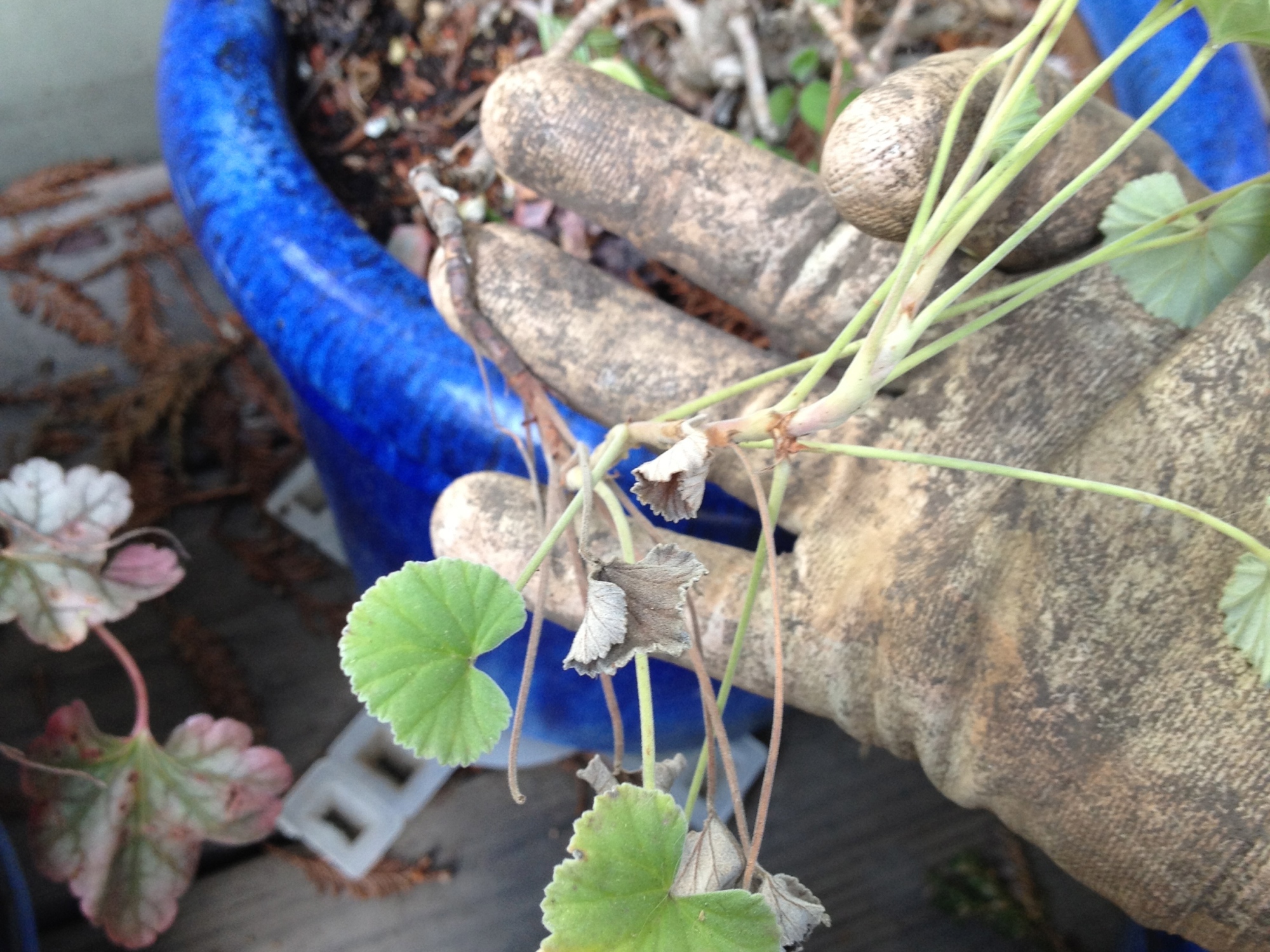I’m always gardening on a tight budget, and there’s nothing more fun on a budget than getting a great deal. Especially for the low, low price of FREE!
So how do you find free plants in your own garden?
1. Reconsider your “weeds”!
I grew up gardening in the hard clay of the Santa Clara valley and I’ve only been actively gardening at our place in the redwoods for a couple of years, so I’m still pleasantly surprised to see these little beauties pop up everywhere through the rich soil.
2. Look carefully at your current pots and containers.
Forgive the pathetic shape of my pots, but I took this quick video to show how I start looking for candidates to split when I do pot arrangements.
3. Buy Mama plants and then look carefully for seedlings or buds.
I’ve been watching this new introduction to the garden closely. Antirrhinum majus ‘Chantilly Peach’ is already blooming again! I was having a hard time telling when to cut it back “for second bloom” according to Annie’s advice, since it never really stopped. I have such a hard time keeping it straight with Agrostemma githago, another Annie’s Annuals plant I began trialing in the garden last year at the same time. I have not seen the Agrostemma reemerge yet, but you can see the Nicotiana ‘Lime Green’ beginning to leaf out in this video. What a stunner that combination was! It appears to have both reseeded and spread from the base, so I’ve been busily transplanting the babies to spread it around the garden this year.
What do you do when you find good free plant candidates in your pots or your garden? That depends on the plant!
For plants that will bud from cuttings, you can simply cut or uproot a piece with plenty of roots attached and relocate it, planting it carefully and keeping it watered until it gets established. For grasses, coral bells, and certain other bunching plants, you will need to split them using your fingers or a sharp tool. Plant each half separately, and water until they’re established.
How long that takes and what your rate of success will be depends on the soil, the type of plant, and the weather. Unless you’re willing to risk a high loss rate, only try this when the weather is cool and wet. On the coastside, this is a little more forgiving, but in most of California that means late fall (starting mid-October) until early spring (before tax day.) We’re having a lot of late-season wet weather, so I’ve been having a blast splitting and moving things around.

